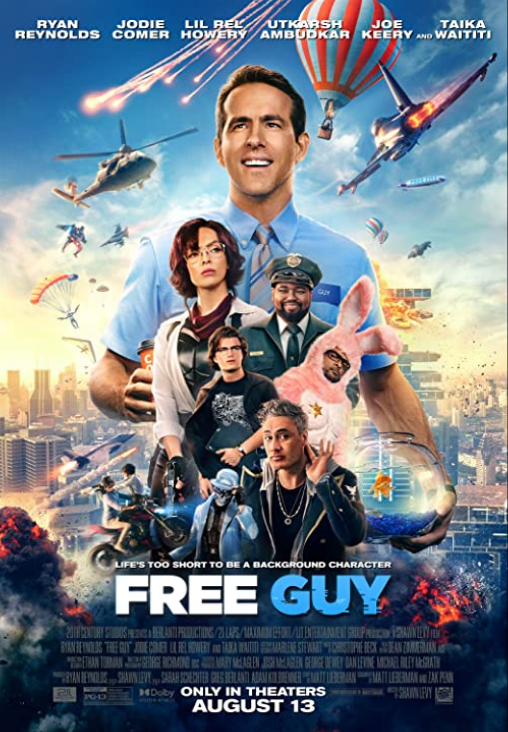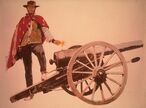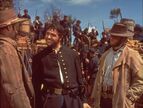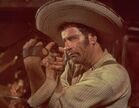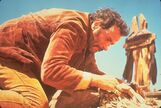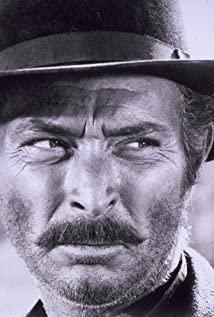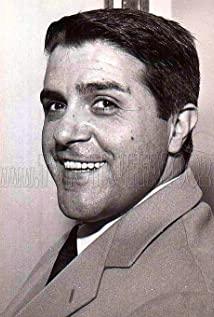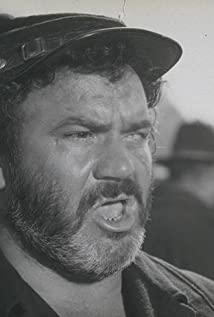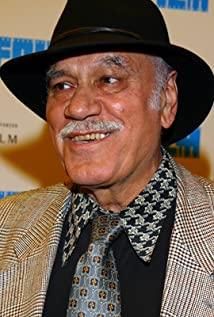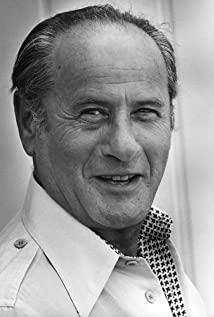Sergio Leone established a rule that he followed throughout "The Good, the Bad and the Ugly." The rule is: visibility is limited by the boundaries of the screen. The important scenes in the film cannot be seen by the camera, nor can the characters be seen. This gives Leone the freedom to surprise the audience with the unexplainable appearance of the actual geographic situation during the shooting. For example, there is a scene where the character has not noticed the huge camp of the federal army until he stumbles on it. There is also a scene in the cemetery where a person suddenly appears from the thin air, although he should be seen when he is a mile away. There are also characters walking on the street unobstructed but no one can shoot their settings, probably because they are not in the same screen.
Leone doesn't care about the actual or specious things at all. He creates his great films on the scum of Western movie clichés, and uses style to elevate the rags to art. I watched this movie in the first row of the Oriental Theater. The huge wide screen of the theater fits Leonnet’s operatic composition perfectly. I had a strong reaction, but it has not been a year since I became a film critic, and I still don't have the judgment to put instinct above prudence. Looking at my previous reviews, I found that I described it as a 4-star movie but only gave it 3 stars, probably because it is an "Italian Macaroni Western", so I didn't regard it as art.
Western movies are the most typical genre of Hollywood movies. It draws materials from American western literature and folklore, combines the imagination of literary language with the illusion of movie screens, and epically deifies the process of American development and conquest of the west. The most classic scene in Western films is a duel. In order to render the thrill of the duel, Sergio Leone used a lot of close-ups in the film to fully render the tension before the duel.
Another feature of the film is music and sound. At the beginning of the film, the first thing I heard was a sharp whistle, and then a heart-pounding whistle was added to the voice. As the whistle and whistle became stronger, a rapid, short hoof was added. These three weird sounds are mixed together, completely reflecting the wildness of the west. The three main characters in the film have their own background music, which is unforgettable.
